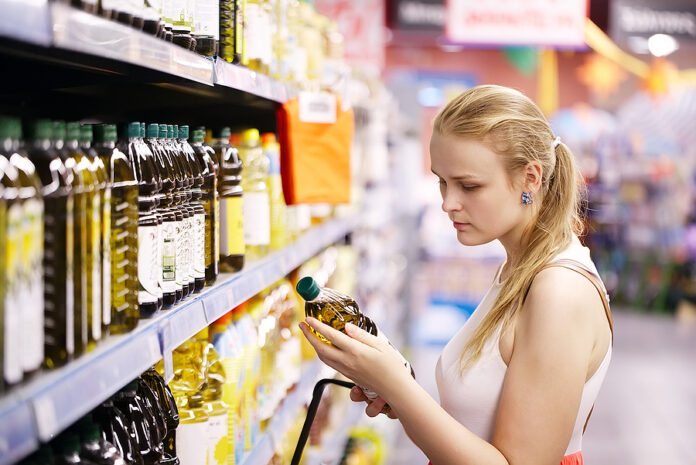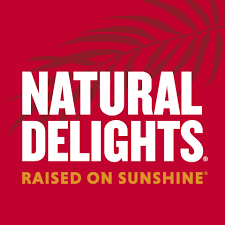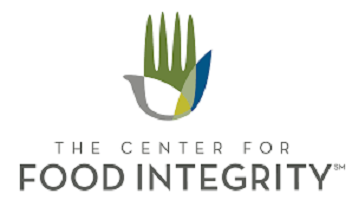
By Charles Haverfield, CEO of US Packaging & Wrapping
With an estimated 33 million Americans suffering from food allergies, undeclared allergens on food packaging pose a significant risk to individuals with sensitivities or allergies, potentially leading to severe health consequences and damaging repercussions for brands.
But despite laws increasing in recent years to better protect consumers, the issue of inaccurate labeling continues to remain persistent. Just earlier this year, a young woman died after eating cookies not correctly labeled as containing peanuts.
Food allergies are increasing in the US, resulting in the food industry facing mounting pressure to uphold the highest standards of consumer safety and satisfaction.
With Food Allergy Awareness Week falling in May, this article will explore the challenges the food packaging industry is facing and what it can do better.
The current landscape of food packaging legislation
With food allergies becoming more common in America, they pose a growing health concern for millions of Americans and lead to potentially life-threatening reactions. However, food allergen legislation has critical gaps, allowing accidental allergen ingestion to happen more frequently than it should.
One of the biggest gaps is the lack of specific thresholds for mandatory labeling, and there is no universal standard for Precautionary Allergen Labeling (PAL) in America either. These deficiencies create confusion and risk for consumers who depend on clear and reliable information to manage their allergies safely.
For example, brands are only legally mandated to list all items in the ingredients section without having to single out allergens, or they can be listed directly after or next to the ingredients list in a section called “contains.” Without uniformity, consumers with severe allergens risk missing crucial information and could unknowingly expose themselves to an allergen.
Furthermore, brands are not obliged to include a “may contain” section on food packaging highlighting the potential risk of cross-contamination with other allergens present on the premises during manufacturing or production.
This could mean the Food and Drug Association (FDA) is too confident in the manufacturers’ abilities to self-regulate and safeguard consumer safety.
Compared to global counterparts, the US has been slower in adopting comprehensive allergen labeling regulations, lagging in efforts to protect consumer health and safety. It was only recently that sesame was added to the FDA’s “Big 9” allergens list, a move that came years after the United Kingdom implemented “Natasha’s Law” in 2021.
But again, compared to the EU, the US lacks five other allergens that the European Union (EU) mandates should be listed on all packaging. These include celery, cereals containing gluten, lupin, mustard, sulfur dioxide, and sulfites.
Interestingly, the US has done the opposite, removing coconuts from “tree nuts” as an allergen even though one in 260 Americans has a coconut allergy.
Over-labeling vs. under-labeling
Given the lack of standardization in the US, many consumers are likely and justifiably frustrated with the confusing manner in which allergens are presented on food labeling, if at all. Allergens are also not required to stand out either, like in the UK, where allergens must be highlighted in bold to make them easier to identify and more quickly.
These practices are leading to under-labeling of food items, which can be distressing for customers with life-threatening food allergies. According to research, consumers who must consider food allergens when shopping often find the experience highly stressful and anxiety-inducing. The added pressure of ensuring safety for themselves or their loved ones can make grocery shopping daunting.
Additionally, many people feel compelled to pay extra for high-quality ingredients to minimize the risk of allergen exposure. The same research indicates that Americans who aim to avoid allergens spend more on groceries than the average shopper, and this trend is likely to continue.
However, on the other side of the coin is over-labeling. This practice breeds messy, hard-to-read labels, and the lack of requirements for allergens to be in bold makes the risk of misidentifying allergens much more likely. This is yet another cog added to the complex mechanism that consumers with food allergies must manage to protect themselves and their loved ones.
Leveraging technology for accuracy
While a solution needs to come from the top, technology has proven to be helpful, transforming the way brands manage allergen information and making it simpler for consumers to navigate while reducing the risks of cross-contamination from the beginning.
A notable innovation making waves in all industries is the humble QR code. Now applied to many packaging solutions, these codes are becoming essential tools for providing comprehensive information without cluttering the packaging.
Beyond offering accurate use-by dates, nutritional details, promotions, and recipe suggestions, QR codes are now readily available to help consumers identify allergens in food packaging. By scanning these codes, consumers can access detailed allergen information, boosting their confidence in their food choices. This technology shift is especially promising for allergy sufferers, with one-third indicating a preference for products that include QR codes with additional allergen details.
Moreover, cutting-edge technologies like AI-powered inspection systems and blockchain traceability are enhancing the accuracy of labeling and packaging processes. AI systems can automatically detect and correct labeling errors in real-time, significantly reducing the risk of incorrect allergen information.
For example, innovations like natural language processing (NLP) and machine vision are designed to ensure quality control in pharmaceutical packaging labeling. Systems like this could revolutionize quality control in food packaging, assuring accuracy and clarity in labeling, and effectively identify even the smallest, yet crucial errors or omissions related to allergens.
Many food products pass through multiple transportation, storage, and handling stages involving farmers, distributors, wholesalers, and retailers. Each stage presents an opportunity for allergen exposure or contamination. Blockchain records every stage of the fresh food journey, providing real-time data on allergens and contaminants.
This transparency minimizes errors, removes opportunities for cross-contamination, and allows for swift issue resolution, enhancing food safety.
Educating stakeholders on compliance
Educating stakeholders across the supply chain about compliance with food allergen labeling regulations is crucial for safeguarding consumer health.
Businesses can play a significant role by developing comprehensive training programs, utilizing online learning platforms, and hosting workshops and seminars. Providing easy-to-understand educational materials, conducting regular audits, and leveraging industry associations will further reinforce the importance of compliance.
Fostering a culture of awareness and accountability empowers manufacturers, suppliers, and distributors to uphold their responsibility to protect their customers. Promoting a corporate culture focused on prioritizing food safety, setting clear expectations, and rewarding compliance efforts will help build trust and prevent accidental allergen exposure.
By encouraging open communication, providing real-time updates on regulatory changes, and ensuring stakeholders have access to expert guidance, businesses can create an environment where compliance is a fundamental component of consumer safety and trust.
 For over a decade, Charles has led U.S. Packaging & Wrapping from a customer-driven approach ensuring employees and management understand how to identify needs before and after a purchase. With a wealth of experience in the industry, Charles consistently delivers high-quality packaging implementation to align with clients’ goals and market demands, which effectively increase efficiencies while lowering costs.
For over a decade, Charles has led U.S. Packaging & Wrapping from a customer-driven approach ensuring employees and management understand how to identify needs before and after a purchase. With a wealth of experience in the industry, Charles consistently delivers high-quality packaging implementation to align with clients’ goals and market demands, which effectively increase efficiencies while lowering costs.

Credit: Source link













